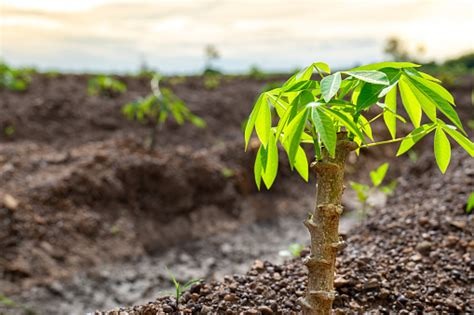Cassava Starch A Global Powerhouse Ingredient
5/30/20252 min read


Cassava starch, often known as tapioca starch, is a highly versatile ingredient extracted from the roots of the cassava plant (Manihot esculenta). Originally from South America, cassava is now a staple crop in tropical regions worldwide, especially in Africa and Asia. This resilient root yields a fine, white powder that plays a critical role in industries ranging from food and beverages to textiles and sustainable materials.
How Cassava Starch is Made
Producing cassava starch involves a straightforward mechanical process that transforms the fibrous root into a pure powder:
Harvest and Preparation: Mature cassava roots are harvested, washed, and peeled.
Grating and Crushing: The roots are grated into a pulp, which breaks down the cell walls and releases the starch granules.
Extraction and Washing: The pulp is mixed with water. The starch slurry is then washed and filtered repeatedly to separate the pure starch from the fibrous plant material.
Drying: The purified starch is dried, usually using flash drying or sun drying, resulting in a fine, ready-to-use powder.
Versatility and Key Characteristics
Cassava starch is prized for several unique qualities that make it an essential ingredient globally:
Neutral Flavor: It possesses a very mild taste, ensuring it won't interfere with the flavor profile of the final product.
Excellent Thickening: It is a superior thickening agent, creating clear and glossy solutions in liquids. Unlike some other starches, it maintains its stability well.
Gluten-Free: Naturally gluten-free, cassava starch is a vital component in gluten-free baking and food manufacturing, offering a safe alternative for people with celiac disease or gluten sensitivities.
High Purity: Well-processed cassava starch has a high level of purity, which is necessary for many industrial applications.
Applications Across Industries
Cassava starch's versatility allows it to serve diverse functions across various sectors:
Food Industry
Cassava starch is ubiquitous in the food industry. It functions as a thickener for soups, sauces, gravies, and desserts. It acts as a binder in processed meats and is a key stabilizer in dairy products like puddings and yogurts. Furthermore, it is a primary ingredient in gluten-free flours and numerous snacks and noodles.
Industrial and Non-Food Uses
Beyond the kitchen, cassava starch is crucial for several industries:
Textiles: It is used for sizing yarns, strengthening them and smoothing them for weaving, and for finishing fabrics to improve their texture.
Paper: In paper manufacturing, it serves as a binder and filler, increasing the paper's strength and improving print quality.
Pharmaceuticals: It acts as a binder and disintegrant in tablet formulations, helping tablets hold their shape and dissolve correctly.
Economic Impact and Future Outlook
The cultivation and processing of cassava are economically significant, supporting farmers and communities in developing countries. As a reliable cash crop, cassava contributes to both food security and income generation.
Looking ahead, the demand for cassava starch is expected to grow. Driven by the rising popularity of gluten-free products and a global shift toward natural and sustainable ingredients, cassava starch is increasingly being explored for novel applications, including biodegradable plastics and environmentally friendly adhesives.
Cassava Product
COntact US
DROP YOUR EMAIL
info@empumandiriperkasa.com
+62 881-9982-971
powered © 2024. www.tapiocastarchpowder.com
